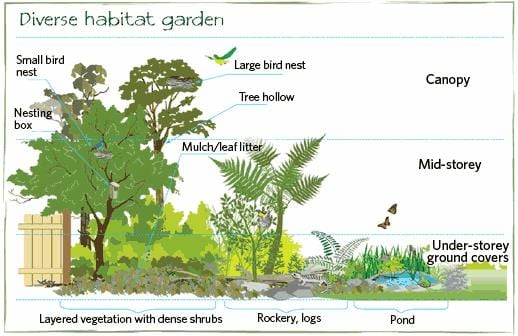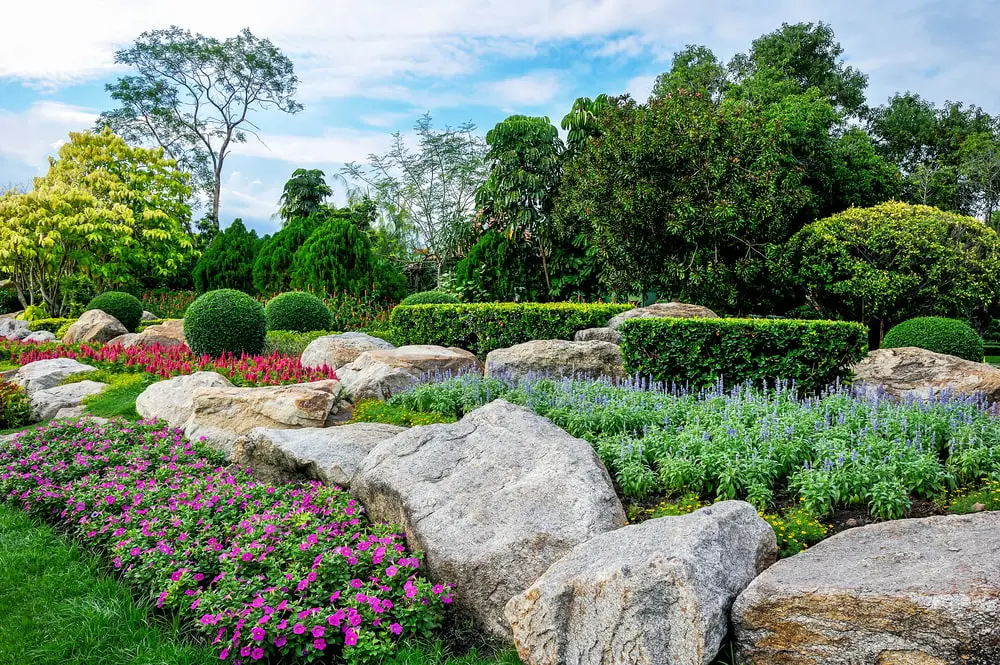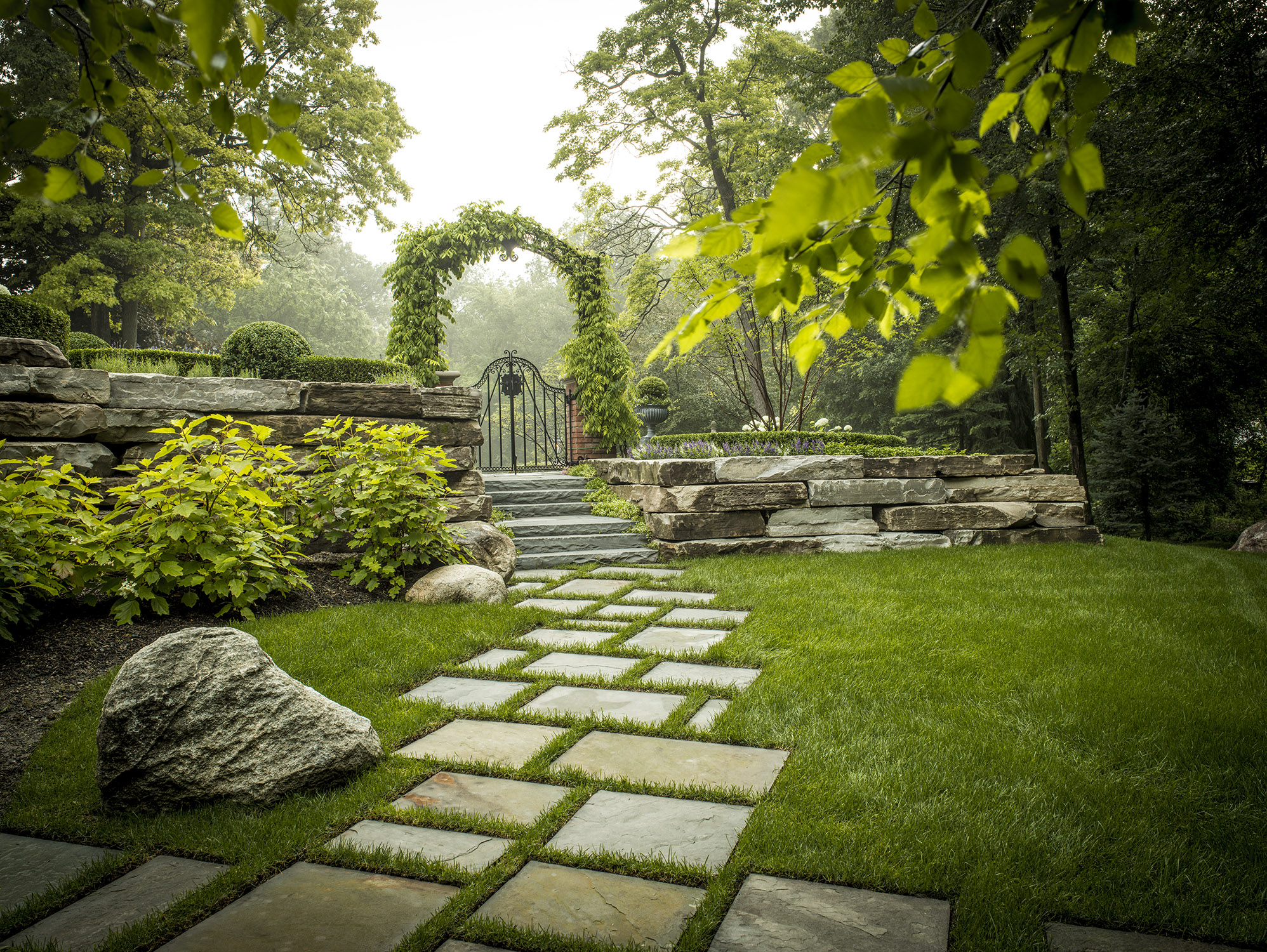Some Known Details About Hilton Head Landscapes
Wiki Article
The 4-Minute Rule for Hilton Head Landscapes
Table of ContentsSome Known Questions About Hilton Head Landscapes.The 4-Minute Rule for Hilton Head LandscapesThe Ultimate Guide To Hilton Head LandscapesThe Best Guide To Hilton Head LandscapesThe smart Trick of Hilton Head Landscapes That Nobody is Talking AboutLittle Known Questions About Hilton Head Landscapes.The Ultimate Guide To Hilton Head LandscapesSome Ideas on Hilton Head Landscapes You Need To Know
Form compatibility is also a major element of unity in designone or 2 noticeably various types are great for comparison and focus, however normally all various other kinds must have some resemblances for a linked appearance. Structure describes exactly how rugged or fine the surface of the plant or hardscape material really feels and/or looks.
Instances of plants with coarse texture consist of philodendrons, agaves, bromeliads, hollies, palms, and hydrangeas. Features that produce fine appearance include tiny foliage; slim, strappy fallen leaves (lawns) or tall, thin stems; little, dense branches and small branches; long stems (creeping plants); and small, fragile flowers.
The Ultimate Guide To Hilton Head Landscapes
Many plants are moderate appearance, in that they can not be defined as having either coarse or fine structure. Medium-textured plants act as a history to web link and link the crude- and fine-textured plants.
To make an area feel smaller, put the crude structures along the external border and the great appearances closest to the viewer. The detail of the coarse texture makes the plants appear closer and makes the area really feel smaller. The viewed structure of plants can likewise alter with the distance from the plant.
The 8-Minute Rule for Hilton Head Landscapes
Strong colors increase the comparison and make the texture show up coarser, while soft colors can squash structure. Hardscape with a coarse texturesuch as really harsh rocks and vibrant, big timberstends to make all plant product appear much more medium distinctive. Designers frequently develop an appearance research study (Number 8) on paper to aid determine the setup of plant products.Shade in plant material and hardscape includes interest and range to the landscape. Color is the most noticeable element in the landscape and is normally the focus of many property owners; nonetheless, it is also the most short-lived aspect, generally lasting only a few weeks a year for specific plants.
A Biased View of Hilton Head Landscapes
An easy summary of the shade wheel consists of the 3 primaries of red, blue, and yellow; the three secondary colors (a mix of 2 primaries) of environment-friendly, orange, and violet; and 6 tertiary shades (a mix of one adjacent primary and secondary color), such as red-orange. Color theory describes the partnership of shades per various other and just how they should be used in a structure.
Comparable (often called harmonious) color design are any kind of three to five shades that are surrounding on the shade wheel, such as red, red-orange, orange, yellow-orange, and yellow, or blue, blue-violet, and violet (landscaping hilton head sc). The colors are associated per various other due to the fact that they generally include two primaries blended to develop an additional and two tertiary colors, which indicates they share typical properties
They tend to have high contrast between them. One of the most common sets are violet and yellow, red and green, and blue and orange. Complementary colors are typically located normally in flowers; an usual pair is yellow and violet. Shade is located in the flowers, foliage, bark, and fruit of plants.
The Single Strategy To Use For Hilton Head Landscapes
Eco-friendly foliage in all its numerous shades is the leading color by quantity, yet other shades capture focus quicker due to their high comparison to the color environment-friendly. Color is also discovered in buildings, rocks, pavers, timber, and furniture. The majority of colors in all-natural products, such as rock and wood, are usually low-key and have a tendency to be variations of brown, why not check here tan, and light yellow.Color is a vital element for producing interest and variety in the landscape. Colors have properties that can impact feelings, spatial assumption, light top quality, balance, and emphasis. One residential property of shade is defined about temperaturecolors appear to be great or cozy and can influence emotions or feelings. Awesome colors often tend to be relaxing and need to be used in locations for relaxation and peacefulness.
The Single Strategy To Use For Hilton Head Landscapes
Amazing shades have a tendency to decline and are viewed as being farther away, making an area really feel larger. Shade can also be made use of to capture focus and direct sights.As an example, intense yellow, which has the greatest strength, also has a high comparison with all other colors (often explained as a "pop" of shade) and ought to be conserved. A little quantity of extreme shade has as much aesthetic weight as a huge amount of a much more controlled or weak shade.
Similar (in some cases called unified) color pattern are any 3 to five colors that are adjacent on the color wheel, such as red, red-orange, orange, yellow-orange, and yellow, or blue, blue-violet, and violet. The shades belong to each other due to the fact that they generally include two primaries mixed to form an additional and two tertiary shades, which suggests they share common homes.
Hilton Head Landscapes - Truths
Complementary shades are commonly found naturally in blossoms; a typical pair is yellow and violet. Shade is located in the flowers, vegetation, bark, and fruit of plants.Environment-friendly vegetation in all its different shades is the leading color by quantity, yet other shades capture focus quicker because of their high contrast to the color eco-friendly - landscapers in bluffton sc - https://hilton-head-landscapes.webflow.io. Color is also found in structures, rocks, pavers, wood, and furnishings. A lot of colors in all-natural products, such as rock and wood, are normally soft and often tend to be variations of brownish, tan, and pale yellow
The Buzz on Hilton Head Landscapes
Color is an important aspect for developing interest and variety in the landscape. Colors have homes that can influence feelings, spatial understanding, light top quality, balance, and emphasis. One building of shade is described about temperaturecolors show up to be trendy or cozy and can affect emotions or feelings. Cool shades often tend to be calming and should be made use of in areas for relaxation and calmness.The "temperature level" of shades can likewise affect the perception of distance. Cool shades often tend to decline and are viewed as being farther away, making a space really feel bigger. Warm colors tend to development and are regarded as being better, making an area feel smaller. Color can also be used to catch attention and direct views.
Brilliant yellow, which has the greatest strength, also has a high contrast with all various other colors (frequently defined as a "pop" of color) and need to be utilized sparingly. A percentage of extreme color has as much aesthetic weight as a large amount of an extra restrained or weaker shade.
Report this wiki page